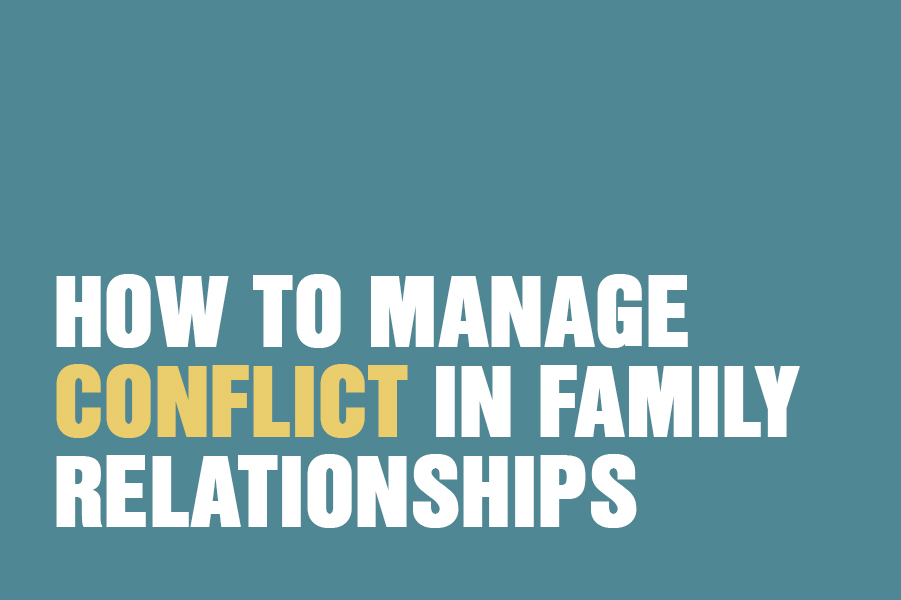What is a mental health diagnosis?
A mental health diagnosis works in the same way as a physical health diagnosis. It is a label for your particular group of symptoms that describes what you are going through. The difference between physical and mental health diagnoses is that with mental health, the doctor or psychiatrist must rely almost solely on your own description of your symptoms whereas with physical illnesses, most of the time, a doctor will be able to see the symptoms themselves.
For some, more common, mental health diagnoses, such as anxiety or depression, your GP will be able to give you a diagnosis after one or two appointments. However, for some less common and more debilitating mental health conditions, you may be referred to a psychiatrist for a diagnosis. These conditions may include symptoms of bipolar disorder, psychosis, schizophrenia, and so on. The Psychiatrist will likely see you over a longer period of time in order to make the correct diagnosis.
What are the benefits of having a diagnosis?
Some people find having a diagnosis, or a label, comforting as it allows them to make sense of some quite scary and confusing symptoms. It may shift a sense of self-blame that they or their family members had regarding the symptoms being experienced.
Furthermore, having a diagnosis, a name for what is happening can mean that communication between various healthcare professionals, and the individual concerned, is smoother, more efficient and that the correct help is received. Having a diagnosis can give access to various support groups, treatment programmes, and medications that might not have been available previously.
Being labelled with a mental health diagnosis might impact how others interact with you. Rather than being the lazy teenager who doesn’t get out of bed, your relatives might have more understanding if you are given a diagnosis of depression. Rather than being the hyperactive child who can’t sit still in class, having a diagnosis of Attention Deficit Hyperactivity Disorder (ADHD) might encourage teachers to be more patient with you or change their teaching methods slightly.
What are the disadvantages of having a diagnosis?
Unfortunately, where there is a positive, there is almost always a negative meaning that there are also downsides to being diagnosed with a mental health condition.
First and foremost is the stigma that is still attached to receiving a mental health diagnosis. Although this stigma is lessening, with the younger generations being much more open to exploring their mental health, there are still those that would discriminate. Therefore, having a mental health diagnosis may impact employment, housing options, relationships and so on. Some people may feel dismissed by others who choose to use their diagnosis as a way of explaining away their valid emotions e.g. ‘oh that’s just her bipolar talking’.
Some diagnoses are more helpful than others; as described above, diagnoses of depression or obsessive-compulsive disorder (OCD) can validate suffering and open doors to treatment programmes. More severe diagnoses, for example, schizophrenia or borderline personality disorder, can be used to damage the credibility of the sufferer, silencing their voice and making the owner a walking diagnostic label.
Another issue with being labelled as having a mental health disorder is that you can become attached to the label. The label can become an identity; ‘I’m a schizophrenic’, ‘She’s OCD’, or ‘He’s depressed’, and the longer you hold onto these labels, the harder it can be to shift them and their associated symptoms. Saying you are depressed gives you permission to stay home when your friends or family want to go out. Having anxiety gives you protection from confronting the rude retail assistant or going for the promotion that would put you in the spotlight.
Holding too tightly to the label can be almost as dangerous as experiencing undiagnosed symptoms. There needs to be some sort of balance.
Moving forward
Perhaps more consideration needs to be taken when the diagnosis is first made. If a diagnosis is offered tentatively, explored in collaboration with the individual, if there is time for discussion and questions, and if there is room for hope, then the diagnosis is more likely to be experienced positively. If the diagnosis is placed upon the patient with no space for the individual’s thoughts, queries, or concerns, then it is likely that the individual will reject the diagnosis and rebel against any treatment plans.
How a diagnosis is received is also mediated by the individual’s life experiences and culture. For example, those who identify as LGBTQ might be wary of any diagnostic label given that homosexuality was deemed to be a mental health condition until the 1970s. Furthermore, those that have been through the healthcare system throughout their lives might be sceptical of any new diagnostic label placed on them or they might welcome it as they understand how the system works – it all depends on their own healthcare experiences.
Perhaps part of the problem is that we are looking to put people into boxes based on their symptoms rather than looking at the cause of the symptoms themselves. Sometimes it is an experience of trauma, abuse, or neglect that brings on the symptoms of mental health conditions, and rather than focusing on finding a diagnostic label to shoehorn these symptoms into, we are better off looking at the various causes.
As Jay Watts, clinical psychologist and lecturer, wrote: “we need to create space for new ways of speaking about distress that foreground the effects of trauma and the socio-political context on the psyche and body, and recognise that difference becomes disability at the point that society tries to squeeze people into one-size-fits-all boxes.”
If you or someone you know is worried about their mental health then get in touch with us at The Awareness Centre. We have a team of counsellors, psychotherapists and psychologists offering sessions seven days a week from our centres in Clapham and Tooting. Email us on [email protected] or call 020 8673 4545.








